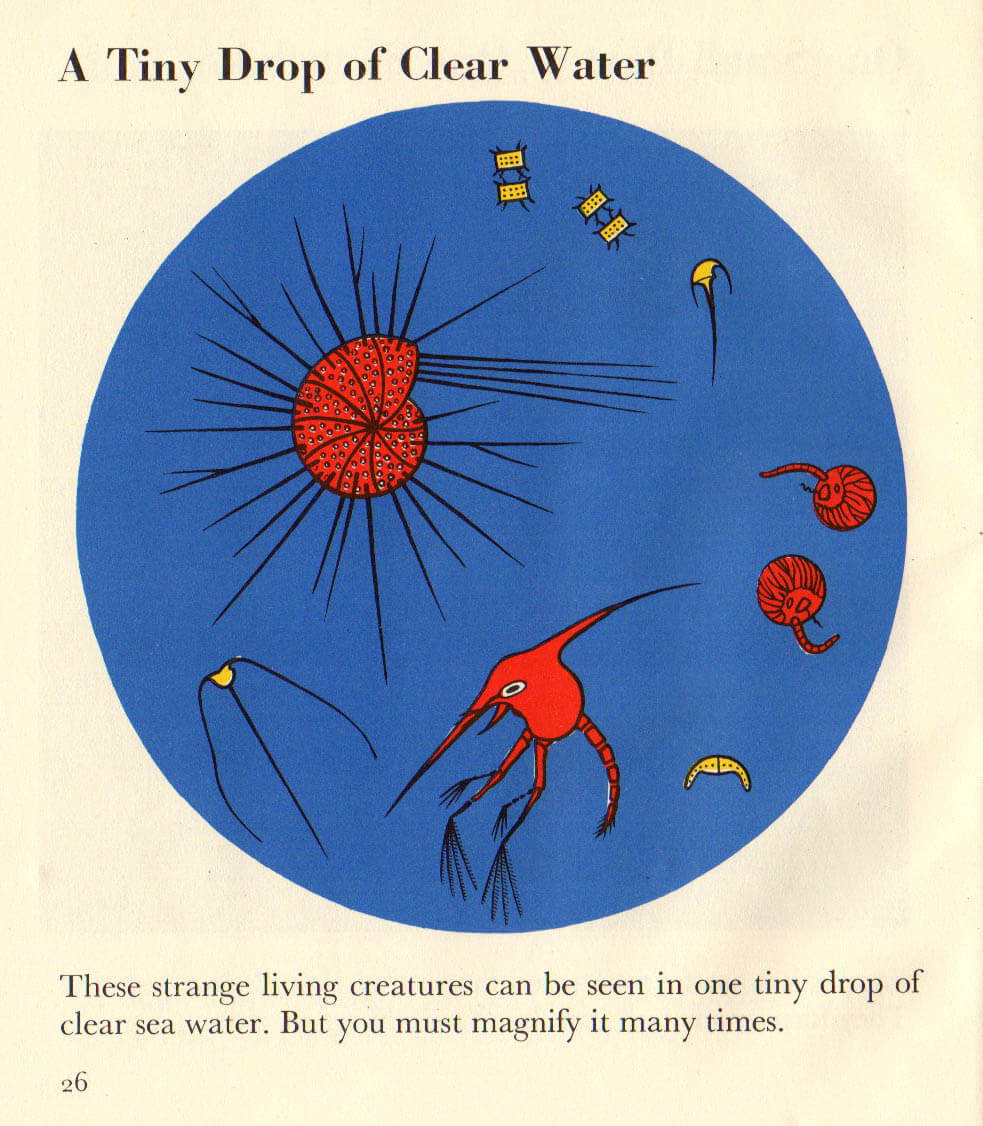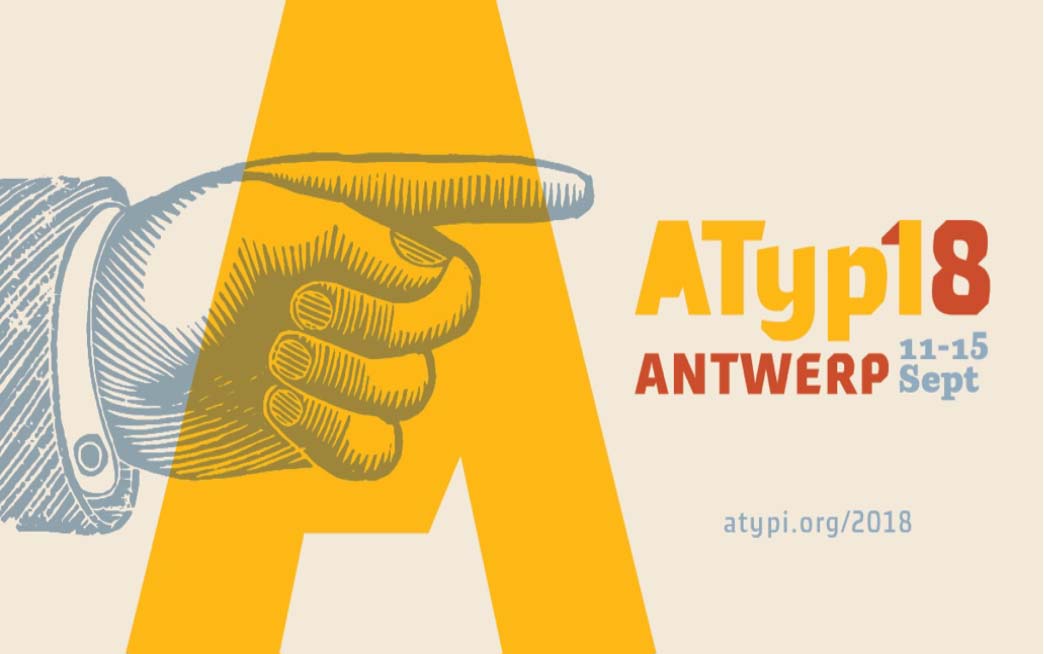An exhibition exploring the design process of the most significant twentieth-century Persian newspaper types.
Category: research
Facing the world
'Facing the World: Towards a Global History of Non-Latin Type Design' is a special issue of Philological Encounters, edited by Thomas S. Mullaney of Stanford University, and published by Brill.
Research introductions
Alison Black, Jeanne Louise Moys, Sue Walker, Gerry Leonidas and Eric Kindel showcased a range of research projects, past and present, to give Part 1 students an insight into the current state of design research.
One letter at a time
Vaibhav Singh's exhibition on non-keyboard ‘index’ typewriters ran in the Department in late 2018. Check out all the details at Contextual Alternate.
Science communication for children

A new AHRC-funded project begins today. Transforming science for young people: Marie Neurath and Isotype books for children aims to find new audiences for the approach to science communication taken by Marie Neurath in her books for children, produced in the 1940s and 1950s. The illustrations in these books, in series such as the ‘Wonder world of nature’ and ‘Wonders of the modern world’, were innovative in their approach to the design of complex information.
Following on from Isotype revisited, the project will make extensive use of the materials in the Otto and Marie Neurath Isotype Collection, to identify approaches to science communication relevant to teaching in primary schools today. We will work with teachers and teacher educators as part of the design process to ensure that their ideas and needs are taken into account. Pilot schools will be involved in evaluating the effectiveness of the resources to ensure they are relevant and effective.
An exhibition at House of Illustration in London in summer 2019, Marie Neurath: Picturing Science, will display examples of Marie Neurath’s illustrations from the children’s books, as well as sketches, drawings and correspondence that show the iterative nature of the design process.
Project people and partners
Prof Sue Walker and Prof Eric Kindel, Department of Typography & Graphic Communication, University of Reading
Dr Andrew Happle, Institute of Education, University of Reading
Dr Emma Minns (Project Officer)
Partners:
Activity in Antwerp

Our use of the Lettering, Printing and Graphic Design Collections in the Typography Department, and our distinctive approach to collections-based research, was exceptionally well demonstrated at the 2018 ATypI conference in Antwerp. We enjoyed top quality presentations by Typography staff and PhD students. In a conference with over 550 international delegates, who repeatedly mentioned the ‘Reading’ influence in conversations and comments, it was humbling to realise just how influential and significant our work with collections has been in developing new knowledge about type and typography, and in inspiring people to undertake research.
Typography staff
Fiona Ross and Alice Savoie introduced their new Leverhulme-funded project: ‘Women in Type’
Eric Kindel: ‘Objet-type: the French stencil letter‘
AHRC-funded Design Star PhD students
Riccardo Olocco: ‘The success of Jenson’s roman type‘
Borna Izadpanah: ‘Early Persian printing and typography in Europe‘
Recently graduated PhD student
Emanuela Conidi: ‘Uncovering Arabic type history, informing design‘
